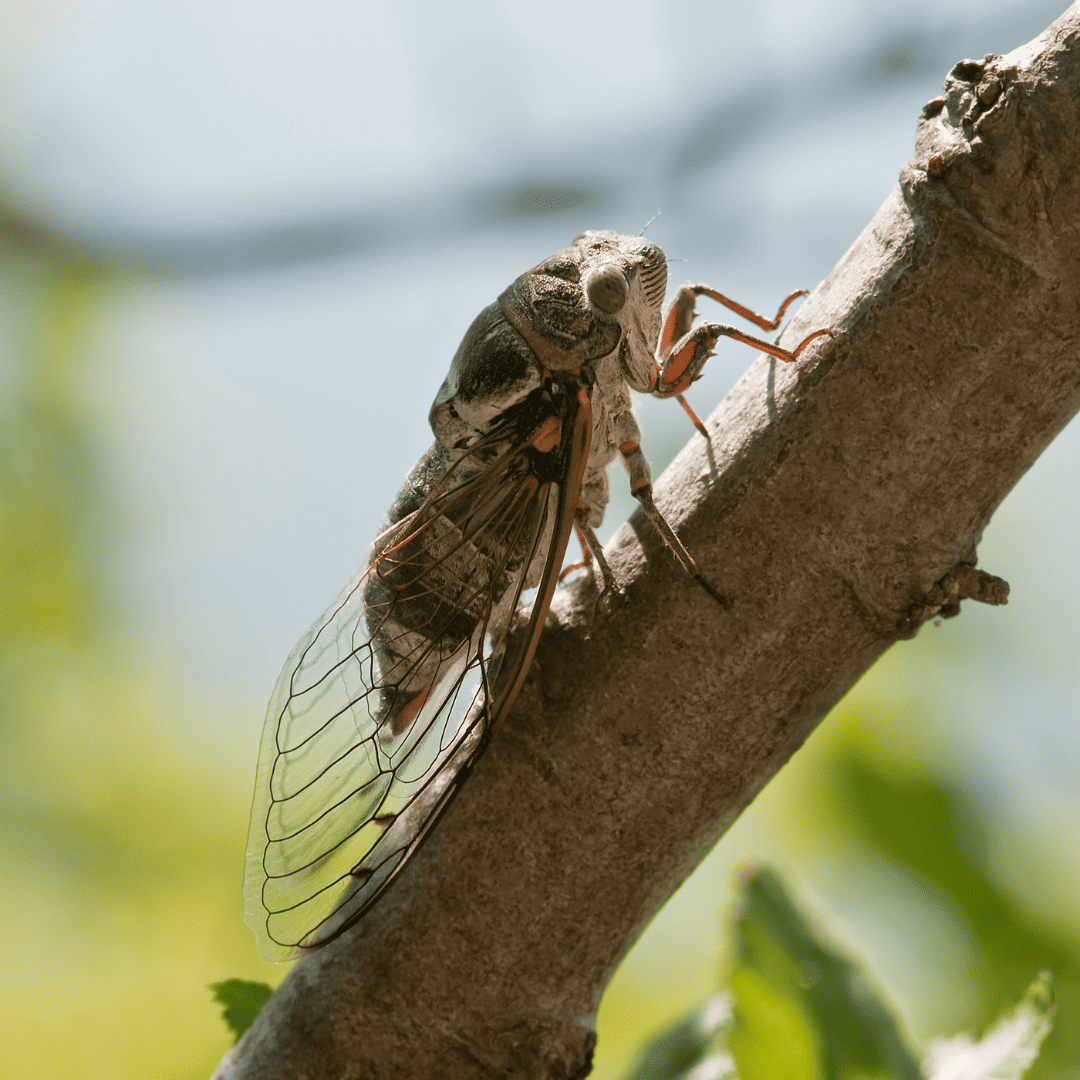Protecting Your Trees and Yards from Cicadas: A Comprehensive Guide
BY: Frisella Nursery


The buzzing anticipation of cicadas emerging from their underground slumber is often met with mixed feelings. While some may appreciate their unique lifecycle and contribution to the ecosystem, others dread the onslaught of these noisy insects. With predictions of a particularly bad cicada season looming, it’s essential for homeowners to prepare their trees and yards to minimize damage and inconvenience. In this guide, we’ll explore effective strategies to safeguard your outdoor space from the impending cicada invasion.
Understanding Cicadas:
Cicadas, members of the insect order Hemiptera, are known for their distinctive buzzing sound and periodic emergencies, typically occurring every 13 or 17 years, depending on the species. These insects spend the majority of their lives underground as nymphs, feeding on tree roots, before emerging en masse to molt, mate, and lay eggs. While cicadas themselves pose no direct threat to humans, their sheer numbers can wreak havoc on trees and vegetation.


Cicadas can be a major problem for trees. Starting in May (or when the ground temperature reaches 64 degrees at 8” deep), for 4-6 weeks, they lay their eggs in slits that they create on the branches of trees which then hatch and drop to continue the nymph stage in the ground for the next 17 years.
Protecting Trees:
- Netting: Covering young or vulnerable trees with fine mesh netting is one of the most effective ways to prevent cicadas from laying eggs in their branches. Secure the netting around the trunk and ensure it extends beyond the canopy to create a barrier against cicada intrusion.
- Horticultural Fleece: Similar to netting, horticultural fleece can be draped over trees to shield them from cicadas. This breathable fabric allows sunlight and moisture to penetrate while keeping insects at bay. Be sure to anchor the fleece securely to prevent it from blowing away in the wind.
- Tree Wraps: Applying sticky tree wraps around the base of tree trunks can deter cicadas from climbing up to lay their eggs. These adhesive barriers create a physical obstacle that impedes the insects’ progress, reducing the risk of damage to tree branches.
- Pruning: Trim back any overhanging branches that may provide easy access for cicadas to deposit their eggs. Pruning can also help improve the overall health and structure of the tree, making it more resilient to cicada infestations.
Protecting Yards:
- Lawn Maintenance: Keep your lawn well-maintained by regularly mowing grass and removing debris that could provide hiding spots for cicada nymphs. A tidy yard is less inviting to cicadas seeking out suitable egg-laying sites.
- Mulching: Apply a thick layer of mulch around the base of trees and in garden beds to discourage cicadas from laying eggs in the soil. Mulch acts as a barrier, making it more difficult for cicada nymphs to access tree roots and emerge as adults.
- Irrigation: Proper irrigation is crucial for maintaining the health of trees and vegetation during cicada season. Ensure plants receive adequate water, especially during dry spells, to mitigate stress and minimize the impact of cicada feeding on root systems.
- Vigilant Monitoring: Stay vigilant and regularly inspect trees and shrubs for signs of cicada activity, such as splitting bark or yellowing leaves. Early detection allows for prompt intervention and can help prevent widespread damage to your landscape.
It’s important to note that the cicadas do not burrow or stay on a tree for very long as they will drop off but the damage created can sometimes cause small branches to die back a bit. For large trees this is not a major issue and you don’t have to take any action. For small trees some sources may say to avoid planting this spring season and aim for fall. The information in general however is that any damage created would be minor and spring planting is still recommended this year as this is the best time for trees to establish themselves. So plant this spring with reassurance that if some damage does occur your tree will be able to recover and if you are concerned, there is netting available that can serve as a barrier that can be placed for the 4-6 week window of laying eggs.
As cicadas prepare to make their presence known, proactive measures can go a long way in protecting your trees and yards from their relentless onslaught. By employing a combination of physical barriers, cultural practices, and vigilant monitoring, homeowners can minimize the impact of cicadas and preserve the beauty and health of their outdoor spaces. So, gear up, arm yourself with knowledge, and fortify your defenses against the impending cicada invasion. Your trees and yards will thank you for it!
There is an insecticide treatment that our Plant Health Care team offers as well with newly planted trees to help protect against insect damage as it happens. If you have any questions, concerns or would like a quote please feel free to reach out to one of our plant healthcare specialists by calling (636) 798-2555 or email hello@frisellanursery.com!